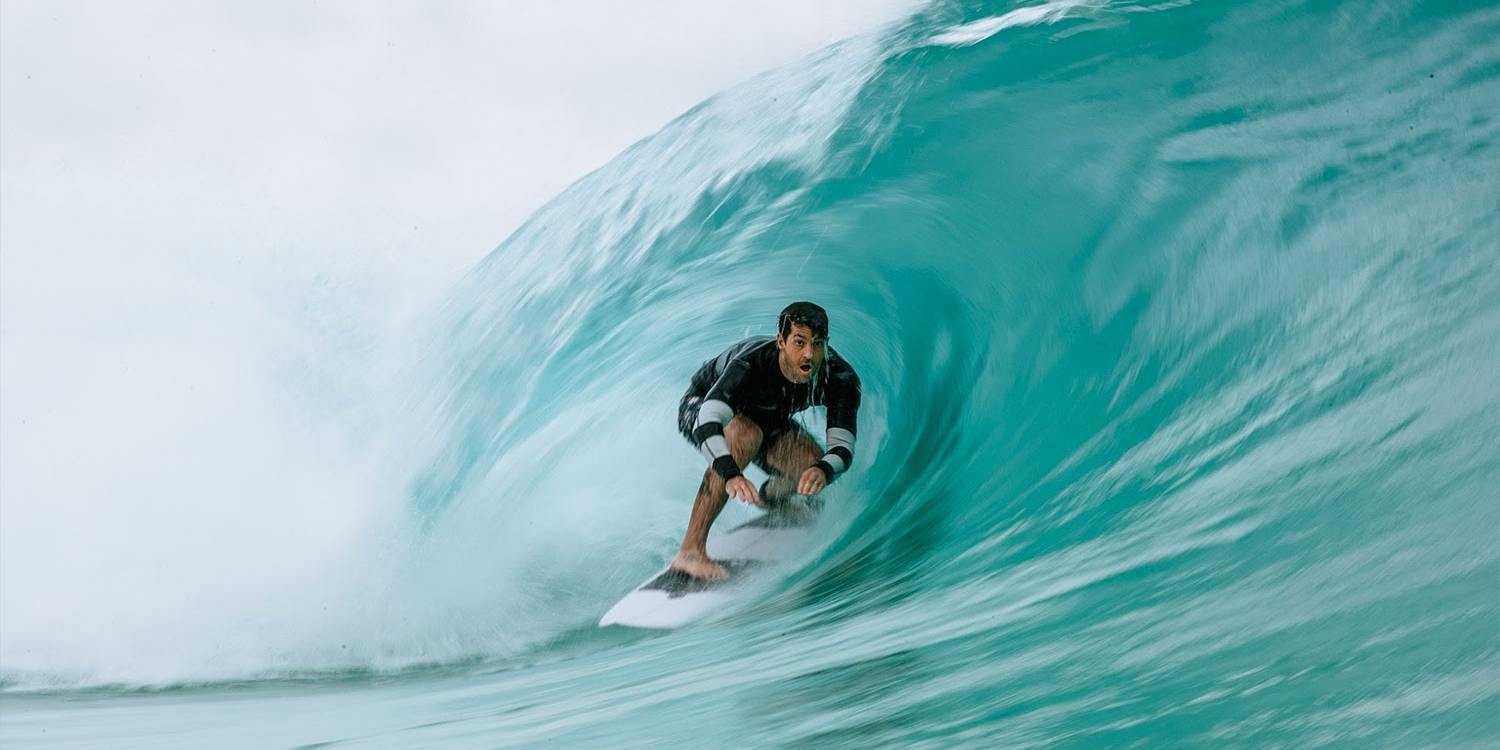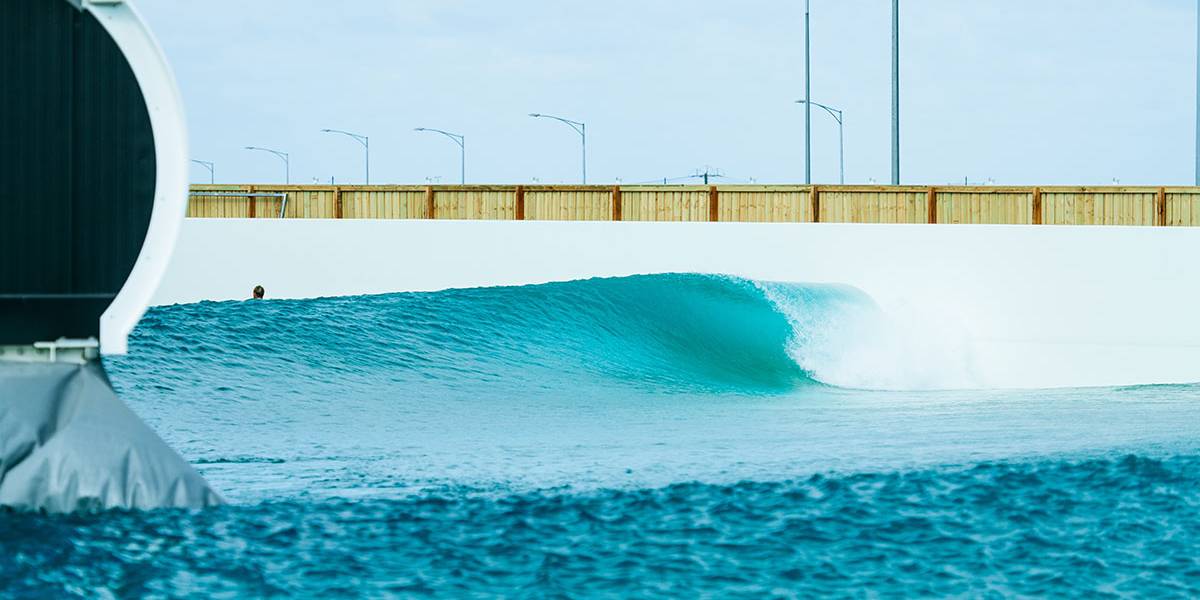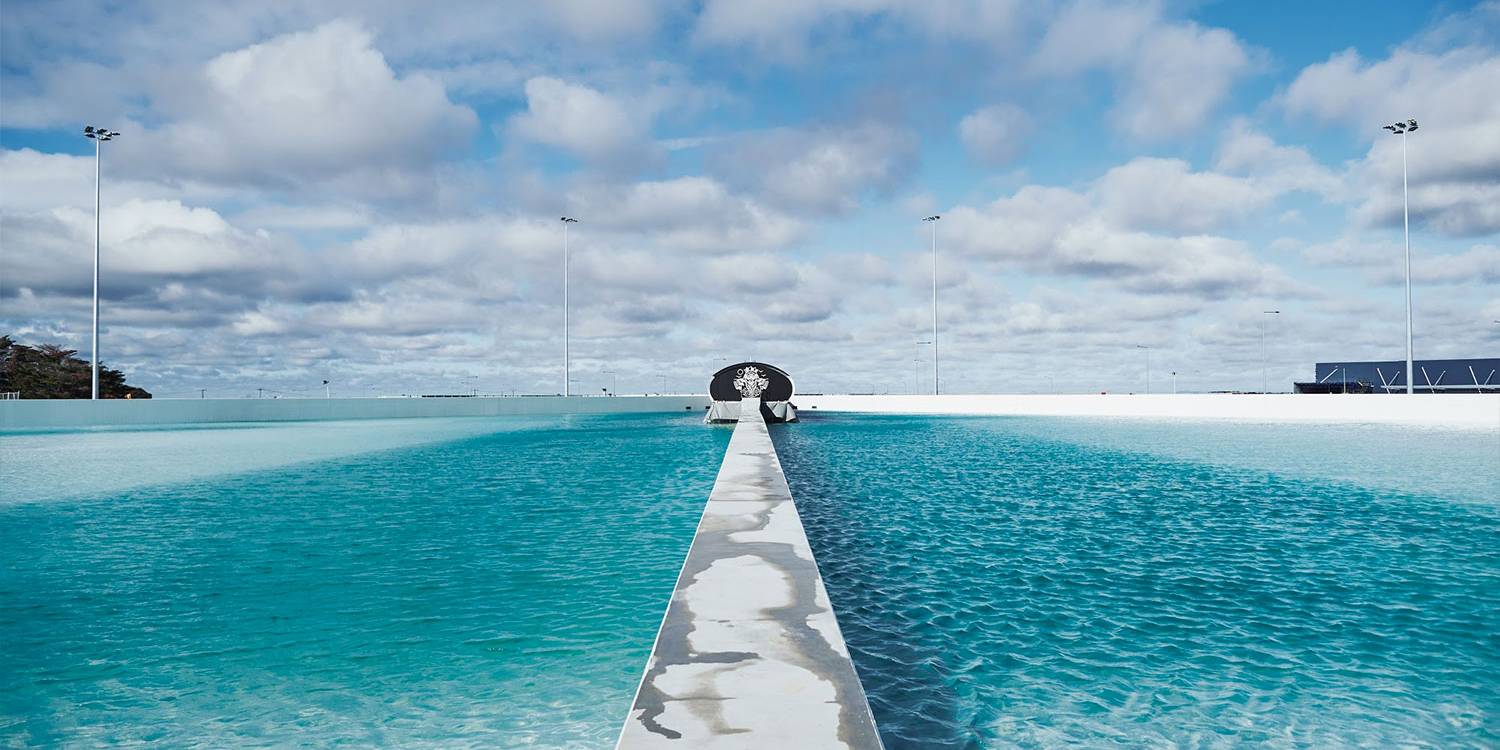
The Business of Wave Pools
Wave pools aren’t exactly a new thing. Think back to the days of 1987, with Rick Kane opening up his stardom in the film North Shore, winning an event in Arizona. While Rick was fictional, the pool he was surfing in wasn’t. Over the years, the tech floundered because of cost, quality and interest. That all changed with Wave Garden and Kelly’s Surf Ranch fuelling surfer’s imaginations with a vengeance. The tech has evolved ever more in that short time, with The Cove technology being released as well. There are marked differences in each of these evolutions, so here is a look at the different kinds of wave pool tech out there today. They each have pro, cons and adds ons to think about too.
So, with our second article about The Business of Wave Pools (find the first one here), we’ve outlined different types of wave pool tech…
Gen 1 - Pump & Dumps
The first kind of wave pool that came about is the original Murphy’s Waves approach. Picture Typhoon Lagoon for Disney, or the one in Kuala Lumpur made famous by Taj’s Fair Bits. These systems basically have big chambers in the back that open up and spill water into the lagoon, lifting a massive lump of water that propagates a wave away from that.
These ‘pump and dump’ systems have the positive of delivering pretty solid waves from the origin point. However, they decrease rapidly in speed and power as they go along. The wave you paddle into could be three meters high, but in just ten-twenty meters, it’s lost at least a third of that already. After fifty meters, the wave is all puffed out like a kid at the end of cross country. The other drawback of these waves is they don’t have much of a trough at the bottom of the wave, making it hard to do full-rail, top to bottom surfing.
Mick Fanning back in the day when Rip Curl dropped the ‘Matrix x Wavepool’ clip for their Mirage trunks, all filmed at the Malaysian Wave Pool
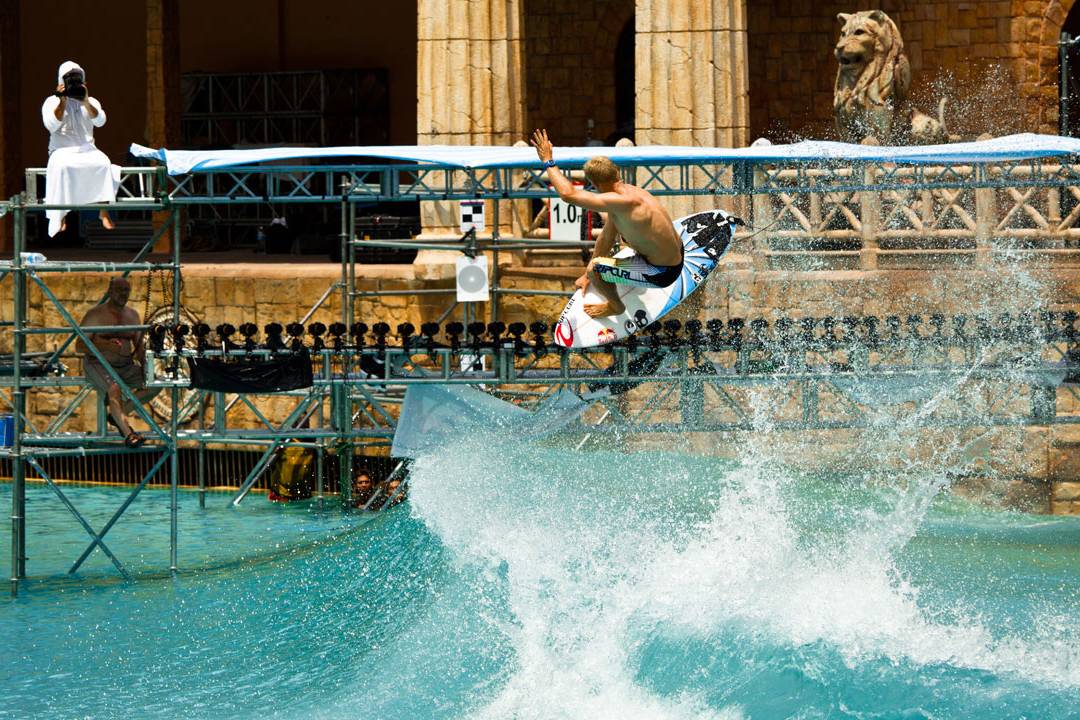
Gen 2 - Foil Blade Waves
Not the type of freaky foiling that Laird Hamilton started. This version of a man-made wave was how is the original Snowdonia and Wave Garden began. Kelly’s Surf Ranch is the zenith point of this technology. A foil is dragged through the water and essentially makes a large boat wake that spins off a shallow bottom to form a wave. The great thing about these systems is that they impart energy into the wave for the full length of ride, which is an improvement on the original generation.
However, the problem with foil technology is that you have one massive foil dragged along by one massive cable. If that fails, you’re out. Potentially for months. From an operator’s perspective that’s a substantial risk. It also produces a type of wave that refracts away in a convex shape. This means you need a super shallow bottom and fast moving wave to throw into a proper barrel. Even then, the vortex stays pretty small. If you get caught behind the whitewater you’re gone. It also takes a long time between waves, because of the turbulence behind the foil. You have to wait for the water to clear before going again.
If you’re a reasonable surfer, however, it means 20 second barrels and leg burners with a zillion turns. You need rest after that.
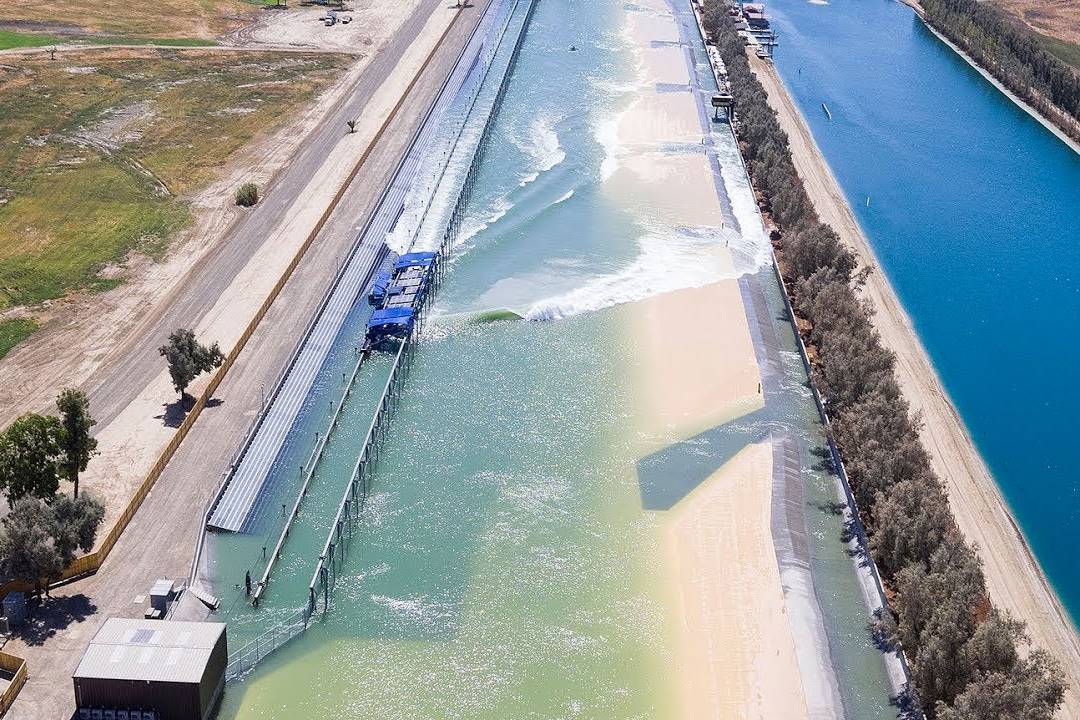
Is there a more perfect example of a foil wave pool in the world? (China?). The Freshwater Pro just finished, and while boring, had dead set perfect waves rolling in
Gen 2.1 - Plungers
Anyone who has been watching Occy’s Surf Lakes clips drop on Stab will know what this is. Exactly as the heading, it’s a big plunger in the middle of a pond that pumps up and down like you’re trying to dislodge a giant turd from a toilet. Instead of a turd though, you get glorious waves. This isn’t quite its own generation of technology. It’s fairly similar to the first pump and dump system, with one major difference – waves radiate out in every direction, offering way more surfing opportunities and the ability to form different wave types in the same pool at the same time.
The drawbacks to this system are a combination of the first two generations of tech. First, the wave power dissipates quickly as it radiates out. Again, watch the Surf Lakes clips for this. Next to the plunger, things heave up and are super impressive to start. At the end, it’s ankle high. You’re also looking at one big failure point in the middle. If that stops, you’re in for a pretty protracted flat spell.
Still, slabbing peaks around the entire circle of the pool with set after set looks incredibly enticing.
Surf Lakes is ground zero for the Plunger Model, and in small scale looks super promising. Need to see if it can handle what’s promsied first (but if so, my god, dream land!)
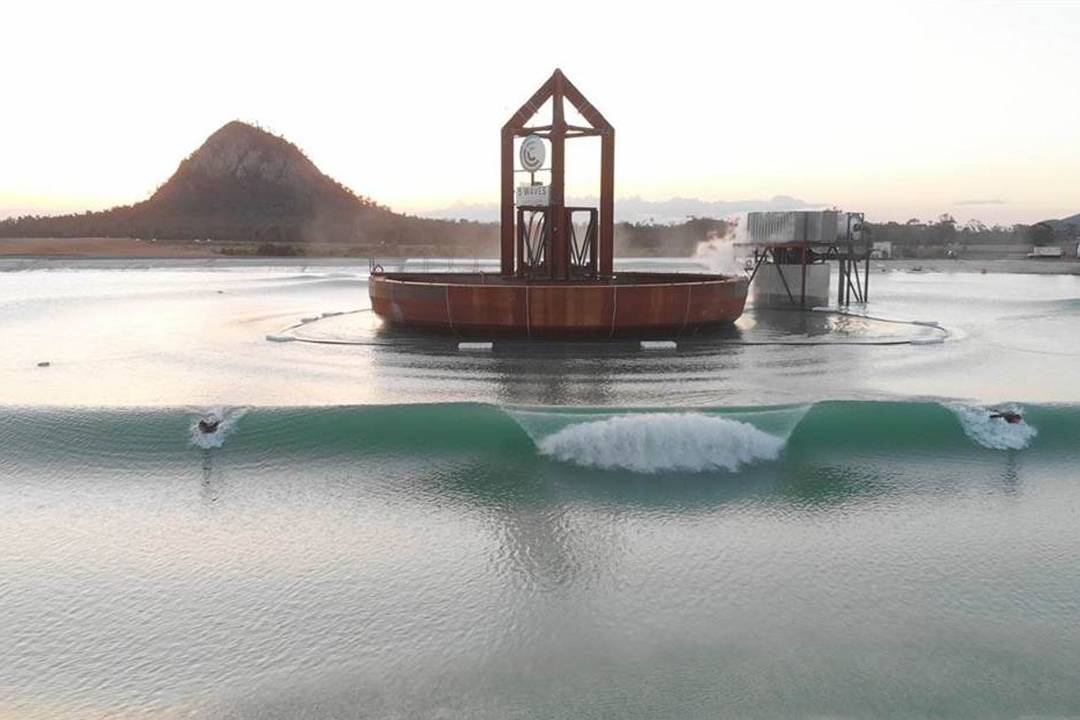
Gen 3 - Modular Systems
This latest version of wave pool systems is what you get when you’re looking at The Cove by Wavegarden and also American Wave Machines (like you see in Waco). They have different power systems, but run on essentially the same idea. These pools have around 40+ individual pistons in the water, each controlled with it’s own angle, power and speed. The plus of this system is less reliance on one big moving part to generate waves (although if the power is out, you’re still cooked). There’s also the ability to generate more sets without the need to wait for the wake to abate, and also the ability to generate a large variation of wave types. The waves produced with this tech are also concave in shape, which means they’re more similar to ocean waves and throw out further without the need for ultra shallow bottoms.
While these systems are definitely a step forward again, there’s still the question of wave size. At the moment, Texas is 3ft at best. URBN SURF in Oz will be the latest version of The Cove tech on display, but is yet to be proven. However, it’s unlikely you’re looking at 6-8ft dream waves here any time soon. At least not until a 4th generation of system comes out.
Again though, pits at the push of a button? Pretty much what every surfer dreams of when they wake up in the morning.
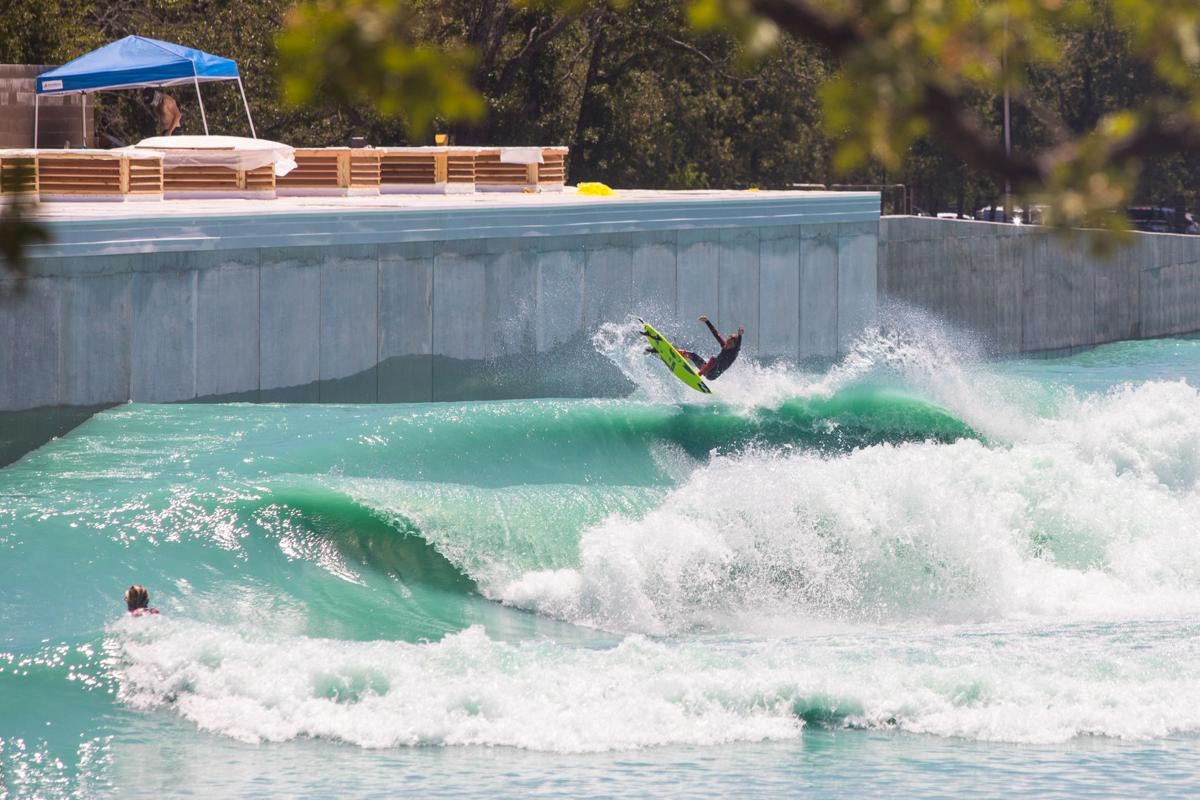
Waco, or BSR, is the wave pool that’s launched a 1000 airs and is the home for the Wave Pool Air Event – Stab High
Bottom Shapes
If you’ve read our article on The Business of Wave Pools (link), you’ll know that a variety of waves to suit different skill levels and frequency of waves is what will win the day economically. Heaving slabs, long points, rippable sections and air wedges are all things to think about when targeting customs. While the source of wave generation will effect what makes a good wave, it’s ultimately the bottom shape that puts the spice in the salami. This is a bit of the secret sauce when it comes to wave factories and one that remains largely under wraps (and underwater). In addition to the shape itself, there also needs to be thought in the material used to create the bottom. No one wants to fall onto concrete, but too much give and the bottom changes over time. We don’t have the answers here, but feel like this could be another major source of tech development in the future.
Stay tuned on developments, and stay tuned for a future article on why wave pools should revolutionise the way we look at surfing today.

